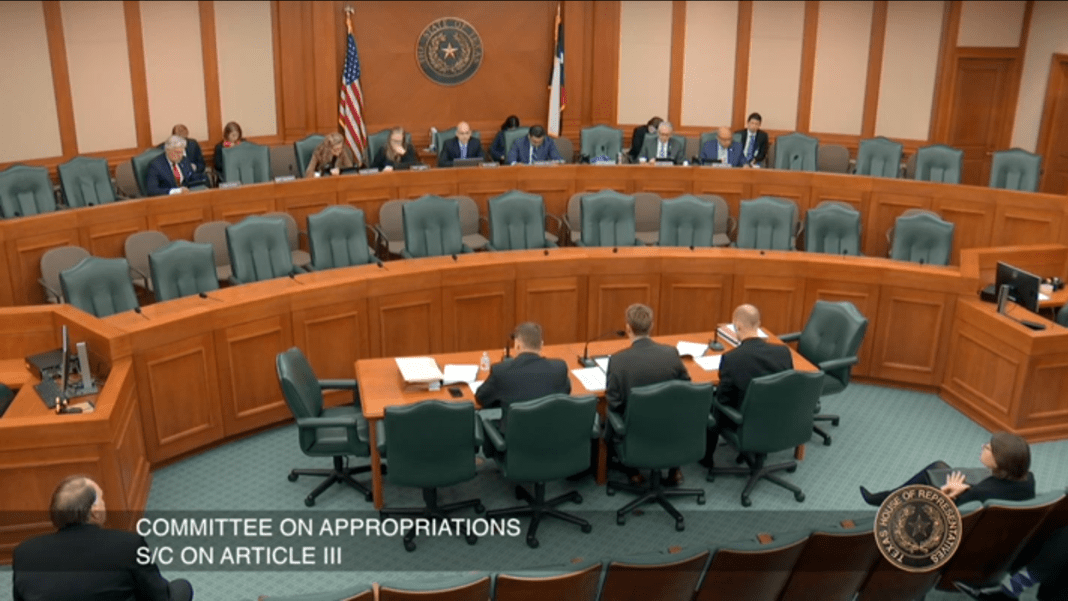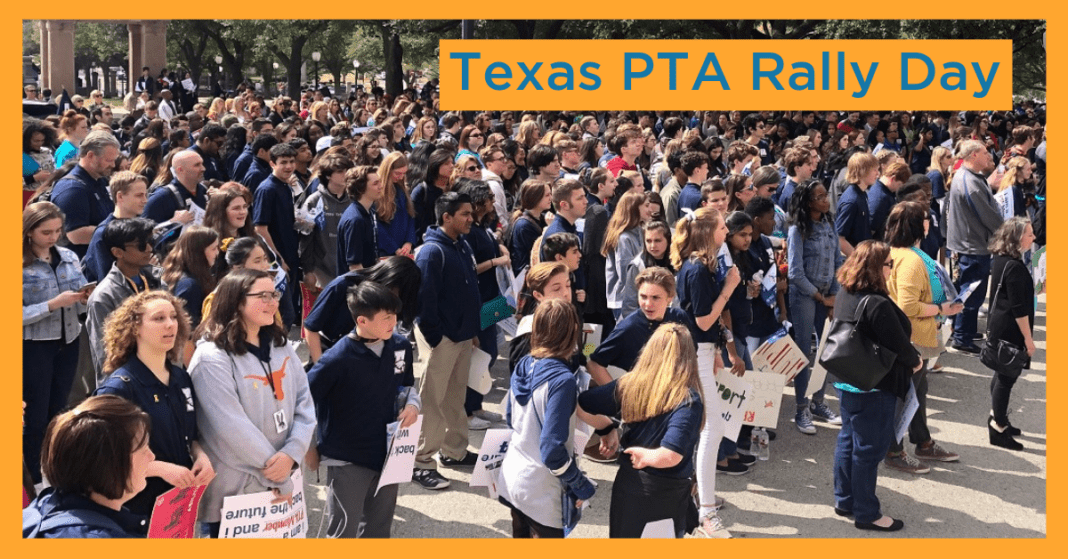AUSTIN, TX – The House Appropriations Subcommittee (S/C) on Article III held a meeting Wednesday, February 20th to listen to testimony on House Budget recommendations for the Texas Education Agency (TEA).
Testifying before the committee were members of the Legislative Budget Board (LBB) and Education Commissioner Mike Morath.
Regarding public education programs administered by TEA outside the Foundation School Program (non-FSP), the LBB reported the following changes in the new House budget:
- the Technology and Instructional Material Allotment (T&IMA) decreased to $166.7 million from the previous biennium;
- the one-time Rainy Day Fund use of funding the e-rate program from the previous budget has been eliminated; an increase of $54.5 million in funds for TEA’s safe and healthy school initiative in included;
- an increase of $50.5 million in GR funds for special education supports;
- and lastly, a collective $17.2 million increase in funding for the biennium for Communities and Schools, Adult Charter Schools and Advanced Placement Initiative.
Ted Holloday of the LBB testified the TEA non-FSP and administration appropriation has declined by $95.8 million in GR funds compared to ‘18-’19 base amount.
The T&IMA inspired some back and forth between subcommittee members and the witnesses from LBB and TEA. The allotment is funded by the Permanent School Fund, which receives monies from the School Board of Education (SBoE) and the School Land Board (SLB). Currently, the Permanent School Fund sits at around $44 billion, according to Rep. Howard.
Rep. Gary VanDeaver (R-New Boston) told the committee the technology allotment was lumped in with the instructional and material allotment (IMA) a few sessions ago. When VanDeaver asked about how much of it was spent, Morath testified there has been a reduction in school districts using the technology part of the allotment over time, but the rest of the allotment is used up because of English Language adoption.
Morath also testified about local school districts stockpiling IMA for big purchases related to English Language Arts and Reading (ELAR). He went on to say it is better for local school districts to have broadly available funds rather than a dedicated funding source, such as IMA.
TEA subject matter expert, Monica Martinez, says in the current biennium, the T&IMA is $186.32 per student, and it goes down to just under $180 for T&IMA in House budget. The decrease in the allotment is a result of one of the two revenue sources, the SLB, investing less into the Permanent School Fund than before.
Morath explained this is in large part due to statutory restrictions on what the SLB can invest in: tangible real property, oil & gas private equity and oil/gas infrastructure. He added, “last time I looked, the School Land Board sitting on $4 billion in cash. It’s a drag on return… [and it’s] costing taxpayers $200 million a year.”
On the other hand, Morath said, “uninvested cash doesn’t exist on SBoE.” It has an average return 7 percent while SLB’s average return is 2 percent. “Since 2002, we’ve probably lost a billion dollars in funding we could’ve given kids had we had better policy framework for how to invest funds,” said Morath.
Rep. Donna Howard (D-Austin) asked Morath if there is a percentage the Permanant School Fund is allowed to disburse to the T&IMA. Morath responded no, but historically it has been between two and three percent. Currently, it sits at 2.75 percent.







